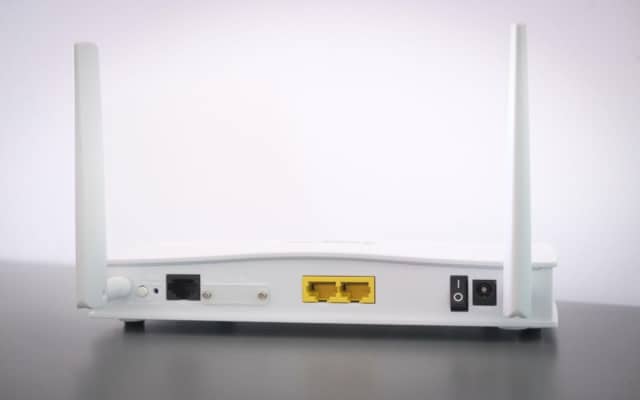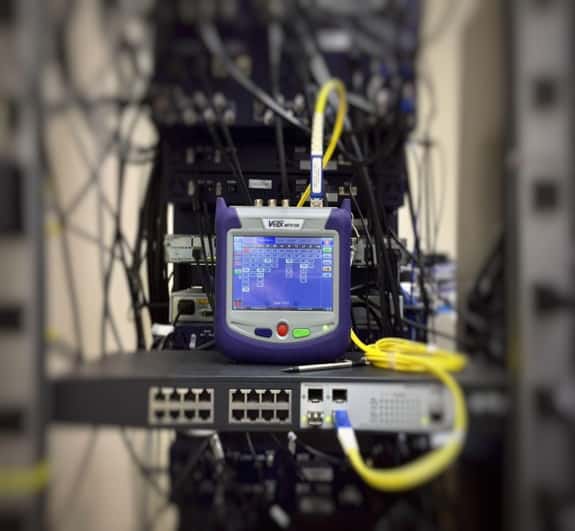Maintaining connections with people back at home, at work, or in other locations is made much easier by the availability of WiFi in recreational vehicles (RVs). Because there is such a wide variety of options, it may be tough to decide where to even start. There is a mind-boggling variety of options for establishing a connection, including a bewildering selection of mobile phone service providers, several categories of satellite internet, and many kinds of WiFi amplifiers.
There are a number of circumstances in which it is necessary to have access to WiFi.
A router is necessary if you want to link your local devices to share data or functionality or if you want to have several devices using an upstream internet connection. You should check out the Pepwave Max Transit Duo to ensure connectivity in your RV, regardless of where you travel.
A router is necessary if you want to link your local devices to exchange files or other tasks or if you want to have many devices using an upstream internet connection. Mobile routers are made to handle a variety of connections and provide additional features that are helpful to mobile users.
The WAN transceiver to the internet is typically provided by a cable, Cable modem, or fiber optic connection on a typical residential router. In addition, these routers typically create a local Wi-Fi and tethered Ethernet network LAN that allows all of the local devices in a residence to connect to the router and share the upstream connection.
However, cable, DSL, and fiber optic connections are very uncommon when traveling or at sea.
To interact with, share, and control these connections, a certain sort of router is required. Routers designed for use in homes and offices are not designed to function well in mobile environments. Mobile routers, on the other hand, are built to handle numerous kinds of connections and to offer additional capabilities that mobile users may find helpful.
The following is a list of the several options available to you for establishing WiFi in your RV:
You are not the only one who is interested in learning about the many options available for receiving WiFi in a recreational vehicle (RV). Find out what you use WiFi for the most so that you may choose a recreational vehicle that has WiFi capabilities that are suitable for those uses.
Do you ever get any work done in your own home? Do you often download documents onto your computer? Streaming Netflix on your computer? I was wondering whether your daughter, who is now serving her country in the Peace Corps, had access to the FaceTime app.
Watching movies on Netflix in standard definition takes up around 1 GB of bandwidth each hour when it’s streamed. The amount of data that must be uploaded to Instagram in order to post an image fluctuates between two and four gigabytes when compared. Your data plan might be eaten up over time if you use Instagram.
Mobile hotspot routers and gateways
Mobile hotspots are similar to smartphones in that they have the ability to detect and collect cell phone signals; however, unlike smartphones, mobile hotspots (https://en.wikipedia.org/wiki/Hotspot_(Wi-Fi)) do not have the ability to send or receive text messages or access the internet. It performs the duties of a travel modem and gives you access to WiFi inside of your recreational vehicle (RV) without the need for the connections and cords that are typically present in a home office.
To all intents and purposes, owning a mobile hotspot is functionally equivalent to possessing a separate data subscription for a modem that you already own. This device has the capability of picking up signals from mobile phones, but it cannot make or accept calls.
If you already have a mobile phone and a plan, the mobile carrier may be able to add a mobile hotspot to your plan as an additional line if you already have a mobile phone. This is due to the fact that each mobile carrier has its own interpretation of what a mobile hotspot is.
In addition to this, you will need the real hotspot equipment in order to set up your network. However, it is essential to keep in mind that the quality of your hotspot is entirely dependent on the coverage that is provided by your carrier. This is something that you should always keep in mind.
Boosters of signals and access to the internet via satellite
Even though the network booster will not make it possible for you to connect to the RV’s Wi-Fi, which is something that can only be done with a mobile phone, a Wifi connection, or a cellular plan, it will improve the signal that your phone service sends out, making it possible for you to connect to the internet more quickly.
Online retailers have a wide selection of more affordable options, some of which have earned high reviews from customers. Depending on how far you are from the nearest signal, that could very well be all that is required of you at this point.
Internet access is available even in remote areas such as the desert or the mountains thanks to satellite WiFi. The ability to access the internet regardless of where you are is, quite obviously, the most significant benefit that this offers. What are the restrictions? Exorbitant expenditure.
On average, you can expect to pay between $1,000 and $3,000 to have a WiFi system that is mounted on a tripod installed in your home. When it comes to installations on roofs, pricing might run anywhere from $6,500 to $16,000. If you want to live in an RV full-time, you should consider whether or not the initial investment will be worth it to you.
Even in locations where it might be difficult to acquire a signal for your television, you will still be able to access the many television services to which you subscribe while you are traveling. At the end of the day, your choice will be determined not only by where you want to camp, but also by how you intend to make use of your WiFi connection.






